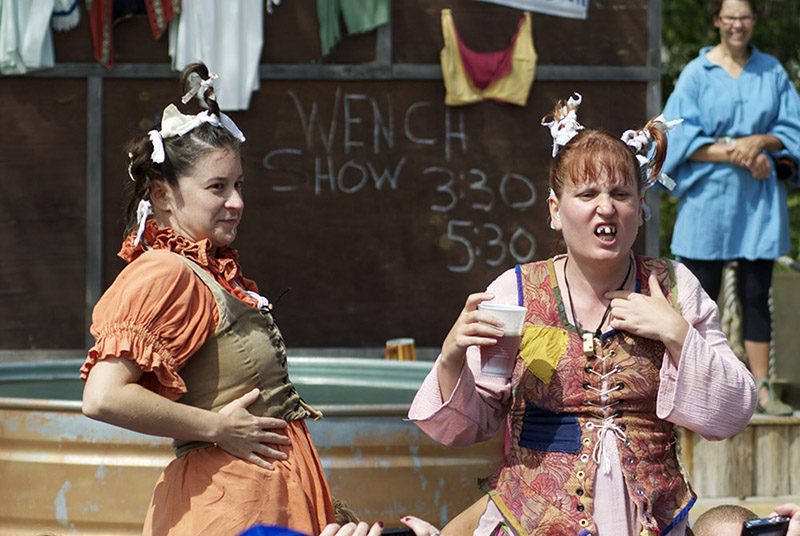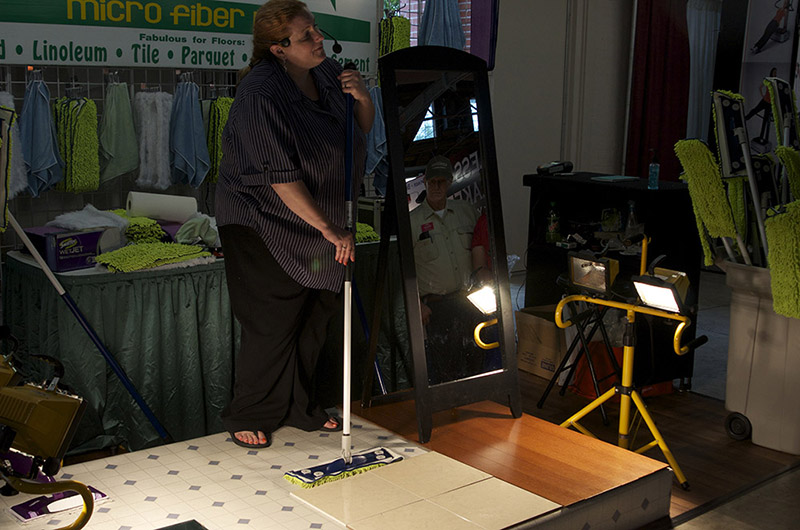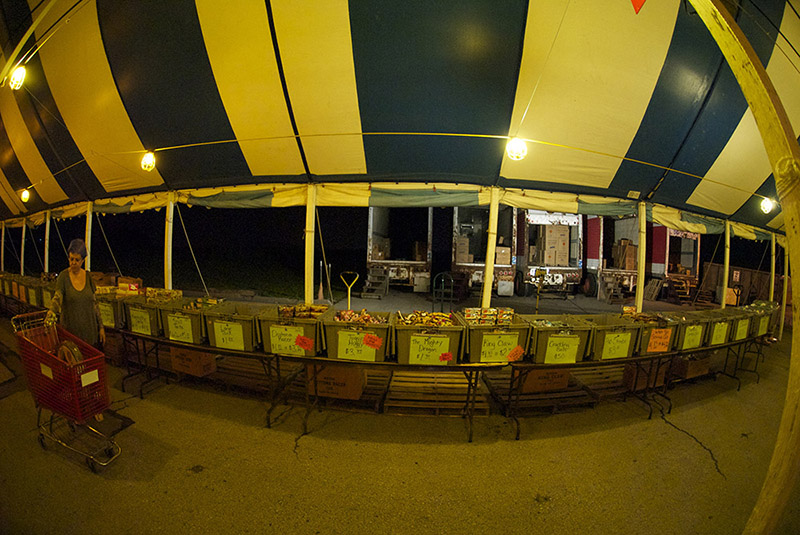Intro to Light
In photography, everything we do is about light. We bend it, capture it and record it. Thus photographers need a clear understanding of light’s five essential characteristics.

Nikon D7000, 10.5mm, 0.6 sec., F/8, ISO 200, altered
Those characteristics are quantity, quality, contrast, direction and color. Let’s take a look at each.

Nikon D3000, 120mm (75-300mm), 1/500, F/5.6, ISO 100, cropped
When you learned about the settings on your camera (particularly shutter speed and aperture), you were learning how to control the quantity of light that gets through your lens and into your camera. Of course quantity also depends on how brightly lit your subjects are. Shooting outdoors on a sunny day will often force you to use faster speeds or narrower f stops.

Nikon D7000, 28mm (28-200mm), 1/40, F/13, ISO 6400, cropped and adjusted
At the opposite end of the quantity scale, many indoor scenes (especially in dimly lit spaces such as museums) can be tricky because of the low quantity of available light (and rules against using a flash to add more).

Nikon D7000, 155mm (28-200mm), 1/400, F/5.6, ISO 200, cropped
Light also has quality. Bright illumination from a single source (such as the sun) tends to produce “hard” light. The uni-directional source makes sharp, dramatic shadows, as you can see in this photo of a dog playing in sunlight.

Nikon D7000, 78mm (28-200mm), 1/200, F/5, ISO 200, adjusted
But then our canine friend gets tired and needs a break in the shade. Now the light isn’t hitting the subject directly from the sun. Instead, it’s bouncing off the grass, the house, the patio furniture, and dozens of other solid objects. Because the illumination is now less intense and coming from all around rather than from a single source, the light is now “soft,” more even and with fewer strong shadows.

Bright highlights and dark shadows can create high contrast – “high key” – images. This shot has some midtones, but its visual strong points are the black shadows and hot spots.
Nikon D7000, 28mm (28-200mm), 1/40, F/3.8, ISO 2500, adjusted

Nikon D7000, 29mm (18-55mm), 0.3 sec., F/10, ISO 100
Of course sometimes the subject calls for a low contrast – “low key” – approach. Note how the snow in the air makes the tones of the tree branches fade to grey as the scene recedes into the background.

Nikon D7000, 200mm (28-200mm), 1/60, F/5.6, ISO 640, cropped and adjusted
Our eyes are naturally adjusted to perceive subjects in light that comes from above. That’s where sunlight comes from for most of the day, and the lighting in most rooms is designed to come from the same direction.
Thus when the light comes from another angle – such as the side light of sunset in this photo – it can create shadows that are dramatically different from what we typically expect.

Nikon D7000, 200mm (28-200mm), 1/60, F/5.6, ISO 640, cropped and adjusted

Nikon D7000, 28mm (28-200mm), 1/125, F/5.6, ISO 800
Lighting from below is stranger still. In this picture, note how the strong light reflecting off the floor creates a highly dramatic – maybe even somewhat sinister – feeling from this simple scene of a mop demonstration.

Our eyes (and to some extent our cameras) automatically adjust to compensate for light color. We’re biologically designed to see colors best in sunlight, as that’s all we had for millions of years before anyone invented an electric alternative. Thus we regard the bright light of day as “neutral,” allowing subjects to appear as their “true colors.”
Nikon D7000, 155mm (28-200mm), 1/60, F/20, ISO 250, adjusted

Nikon D3000, 10.5mm, 1/40, F/2.8, ISO 1600
Artificial light can be trickier, especially if it’s passed through or reflected off a colored surface. In this shot of a fireworks tent, the light in the foreground has a yellow hue made even more yellow when reflected by the roof. Thus the bins, the ground, the cart and the woman don’t appear as their actual colors. Compare that to the trucks in the background, brightly lit by a white security lamp.
Strongly colored light can produce strongly artificial images. This photo hasn’t been retouched at all. Almost the whole scene is colored bright red by the Roman candle, even though in bright sunlight there would have been little or no red to be found.

Nikon D3000, 18mm (18-55mm), 1/15, F/4.5, ISO 3200
